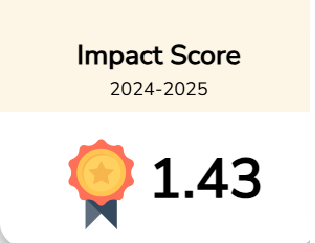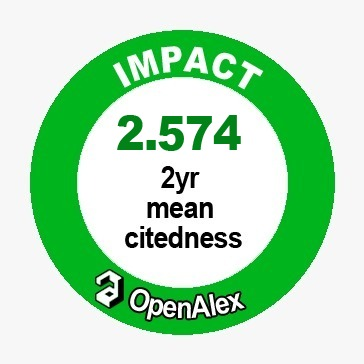Association between Predictors of Borderline Personality Disorder and Quality of Life of Undergraduate Students of Lahore, Pakistan
Downloads
Borderline Personality Disorder (BPD) is a complex psychological disorder and associated with a significant effect on Quality of life (QOL). However, limited research shreds of evidence are available that directly assess the impact of BPD on QOL in community settings. The current study aimed to find out the association between BPD and QoL among young adults. Further, the factors that are primary indicators of BPD were estimated with domains of QoL. A quantitative crosssectional survey was conducted. An estimated sample of 700 students was recruited through the stratified random sampling technique, from three different private universities of Lahore that were fulfilling the inclusion criteria of the study. The study focused on the young adults' ages between 18-25 years, who were university students. Data were collected with the help of a structured self-reported questionnaire composed of primary sociodemographic factors and two self-reported psychological assessment tools: Borderline Personality Inventory (BPI-20) and Quality of life (WHOQOL-Bref). The association of BPD and its factors with QOL and its domains was assessed through multiple regression analysis. Further, gender differences among the participants were also evaluated. Overall the results of the study revealed a significant association of BPD on QoL (F= 14.9, R2 = 0.10). The difference was observed in males (F= 5.40, R2 = 0.08) and females (F= 10.95, R2 = 0.13) with p= <0.05, CI= 95% and effect size ranges from 0.031 to 0.124. Further, in males, ‘Identity diffusion’ and ‘Impulsivity’ were strong predictors of BPD affecting all domains of QOL, whereas in females’ Impulsivity was identified as a strong predictor of BPD in all domains of QOL. Therefore, it is concluded that BPD and QOL are significantly associated while generally assessed by using the psychological tools of assessment (BPD and QoL) in a survey. However, there are significant differences observed in male and female young adults concerning these parameters.





